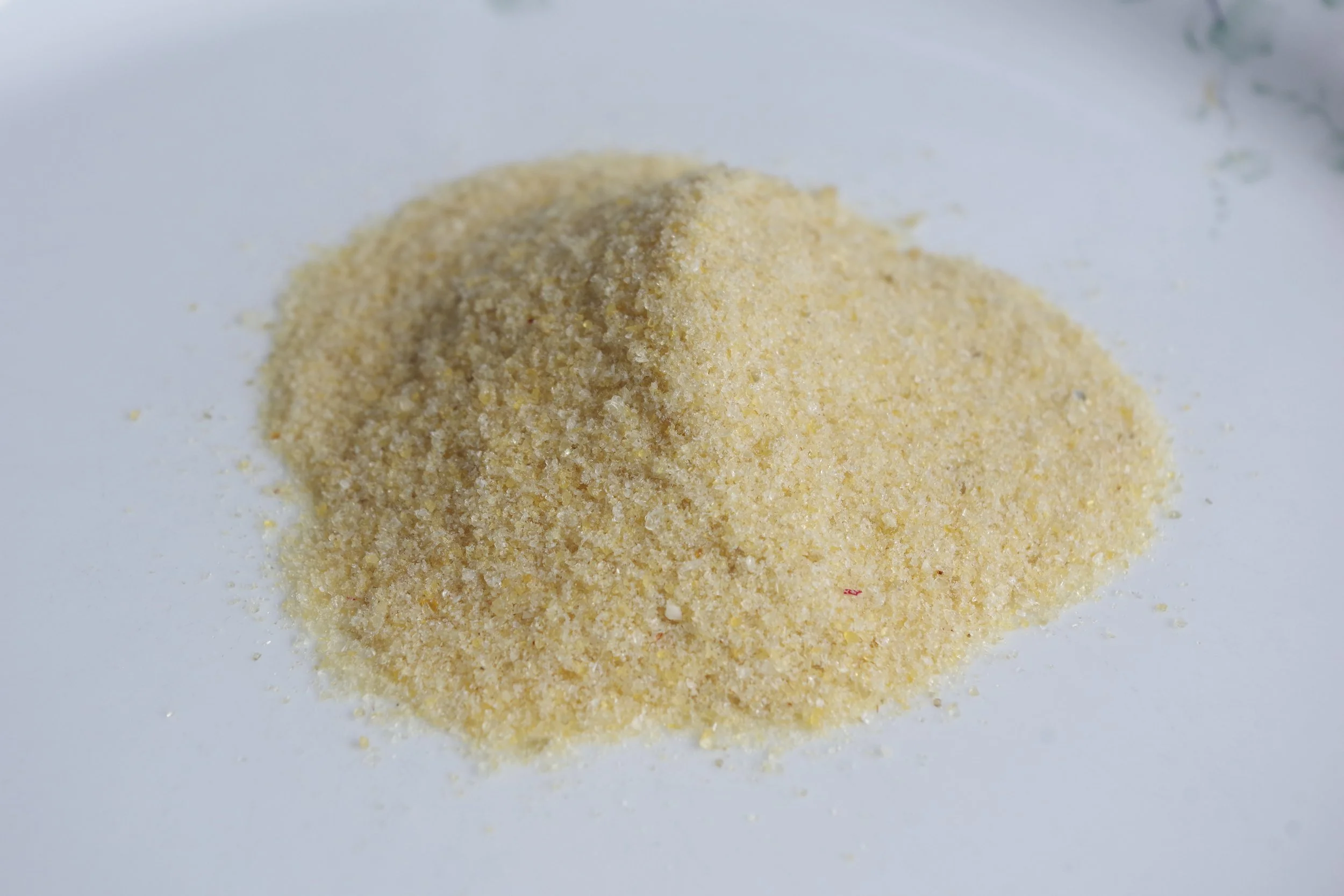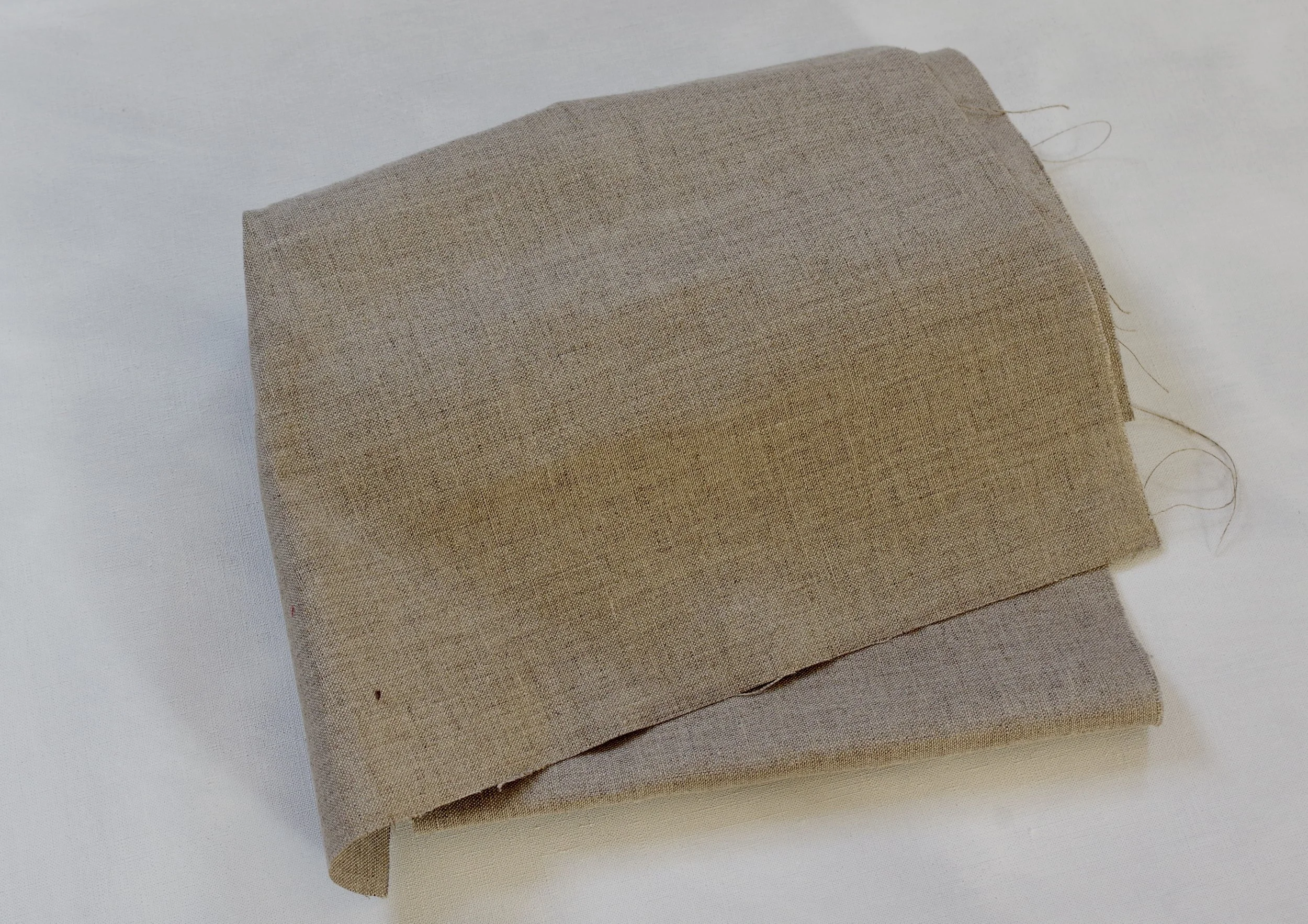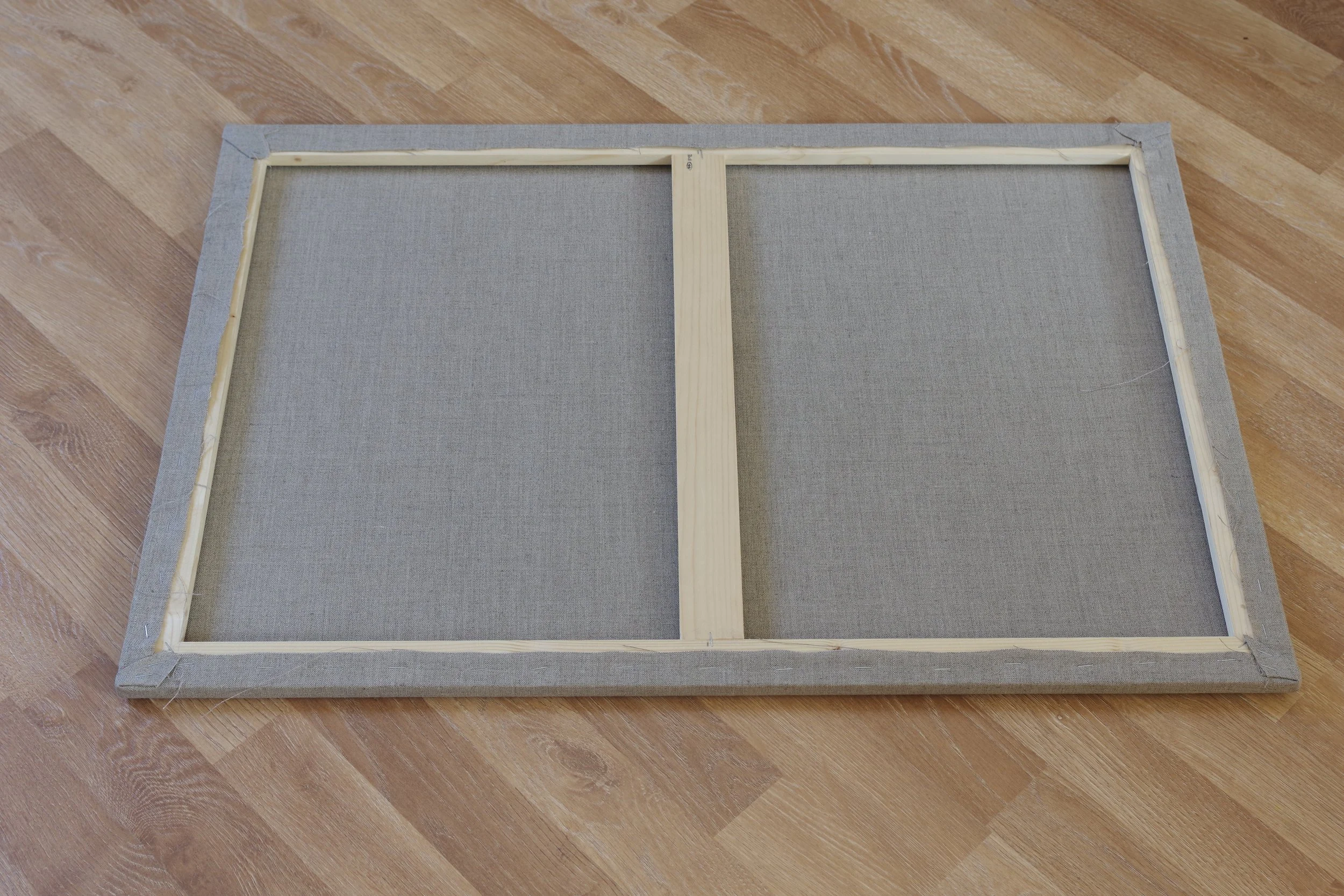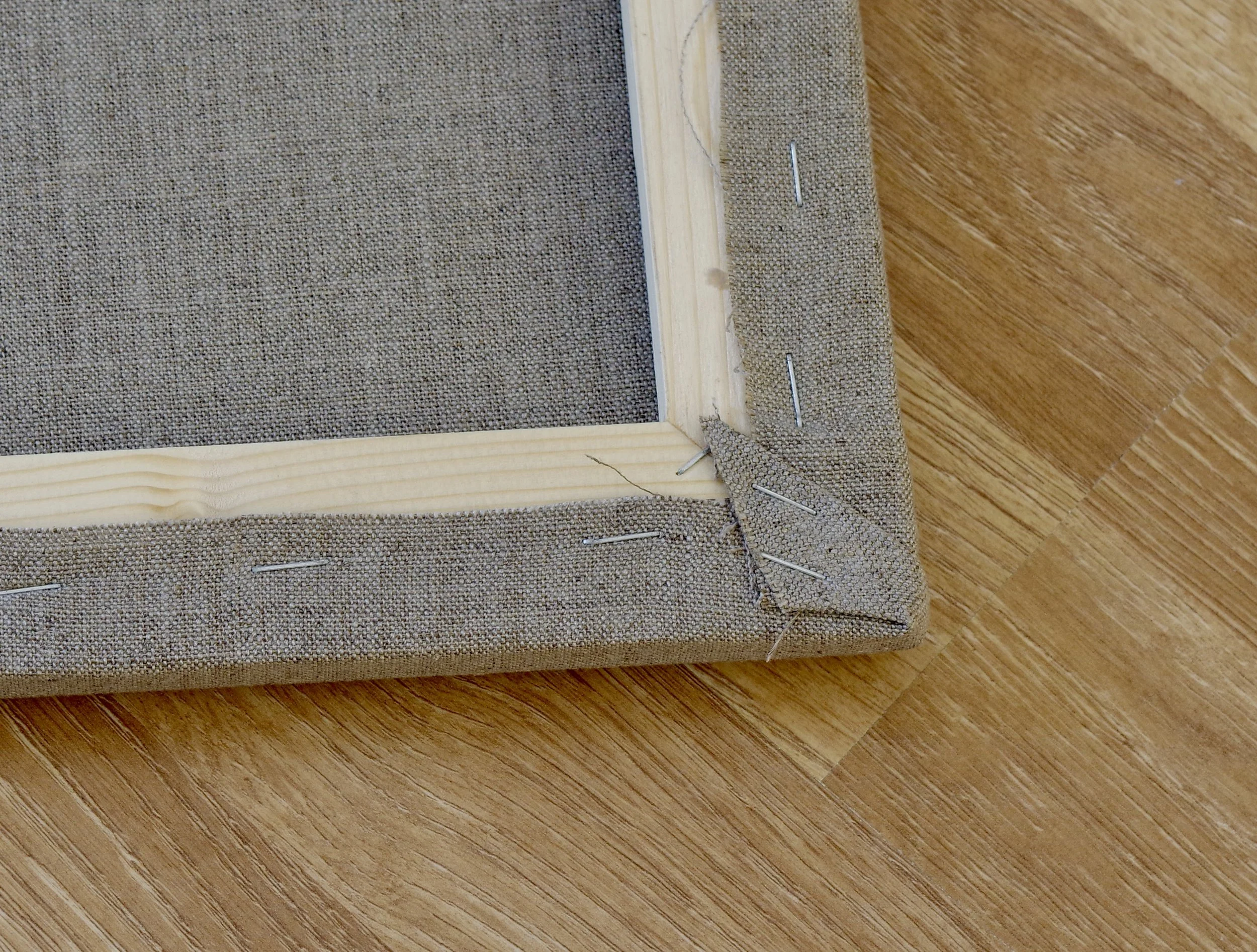Rabbit skin glue
I hadn’t heard of rabbit skin glue (RSG) before I started oil painting, but now I’m kind of obsessed with it. It’s made from the pelts of various small mammals, not just rabbits, so if you’re a vegan or are particularly fond of small, furry creatures, perhaps it isn’t for you. PVA size is said to be a good vegan alternative but, having never used it, I can’t comment on how well it works.
I use RSG for making stretched linen canvasses, and I do this because, well, I like doing it. One reason why I was first attracted to oil paints was their connection with tradition and history; they’ve been the chosen medium for so many great painters from before the renaissance to the present day. So it was a logical progression for me to want to use other traditional materials and even to make them myself.
Oil painting has been done on various surfaces over the centuries, but when we think of oil paintings, the painting surface that first springs to mind is the stretched canvas, sometimes made of cotton, but ideally linen. I hadn’t been painting for long before I wanted to try my hand at stretching my own linen canvasses. There are a few ways of doing this.
This is raw Belgian linen - not cheap, but a very traditional and strong material for making stretched canvases.
First we need the frame. Most instruction manuals and videos assume that you’ll make this with stretcher bars bought from an art store. These come in various sizes, though possibly not in the exact size that you want. They are handy and easy to assemble, though not particularly cheap. I chose to use cheap strips of planed pine from my local hardware store, which I cut to the required size using a mitre saw. In this way you can make frames of the exact size and dimensions that you want. Strips of 12x27 mm are thick and strong enough for small canvasses, though a very large canvas would need a thicker frame, and a long rectangular frame would need a strip across the middle of the long side to strengthen it. You also need to make the insides of the frame thinner than the outsides, either by planing the insides or fastening a thin moulding along the outside edge, which is what I do. This is to stop the canvas from coming into contact with the inside edge of the frame and giving rise to a visible there line once the canvas has been stretched.
Here the linen has been stretched over the frame and fastened with staples. It’s quite a large frame, so I’ve added a strip of wood between the long sides to give them some extra strength and stiffness.
Now it’s time to stretch the canvas across the frame, and there are two ways of doing this. If you’re not using linen with RSG or size, or if you’re using linen that’s already been primed, then the canvas will need to be stretched tightly over the frame using canvas pliers, and stapled tightly into place. I think that my preferred method is easier than this, and it’s where the RSG comes into its own. The raw linen is fastened over the frame and stapled into place. This can be done without any special tools as it doesn’t have to be particularly tight. The trickiest parts are the corners; just imagine you’re putting a bottom sheet on your bed. I usually give the corners a couple of extra staples too.
Next comes the application of the RSG. A one in twelve solution of this needs to be prepared beforehand. The grains should be soaked for a few hours, ideally overnight, before being gently heated to produce a smooth, even liquid. This needs to be applied to the linen using a large paint brush, starting at the outsides and working inwards. As it dries, the RSG performs its magic. The linen shrinks and tightens. Your stretched canvas is now as flat and tight as a drum. If there are any wavy bits near to the edges, a second coat should even them out.
Once dry, the linen must be primed before it can be used for painting; otherwise it will deteriorate rapidly on coming into direct contact with the oil paint. Primers can be either oil or acrylic based; each has their advocates. I use an oil primer, but plenty of artists swear by acrylic primer. Leave the primed canvas for a day or two, and it will be ready for painting.
Of course there are other surfaces you can paint on: boards or stretched canvases (usually made of cotton) from your art store, or hardboard (masonite) or MDF from your hardware store. Remember that hardboard or MDF panels will need to be primed (which can be done with gesso) before you can paint on them, and they will need to be primed on both sides and along the edges in order to prevent the panels from absorbing moisture and warping. They are fine if you like to paint on a smooth surface. If you want a panel with a textured surface, then you can glue cotton or a similar fabric to them before priming.
Lastly, don’t turn your nose up at paper. This needs to be heavy weight paper that has been made for oil painting. I regularly use the oil painting paper made by Royal Talens. It has several advantages: it’s cheap, easy to cut into smaller pieces for sketches or experimenting, easy to store (stretched canvases take up a lot of room), and easy to roll into a tube for shipping. The experience of painting on this paper and the appearance of the finished product are also very good.
So why do I love stretching my own canvases with linen and RSG so much? They certainly don’t make a better painter of me, and there are plenty of cheaper alternatives. I think it’s just the satisfaction of making something from start to finish, and doing it in a way that connects me with the history and traditions of art.



